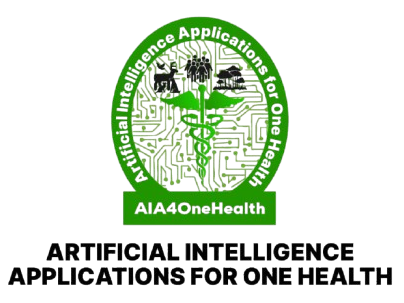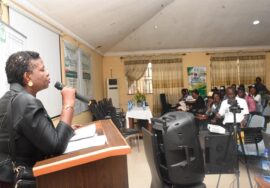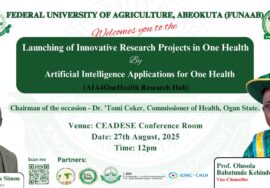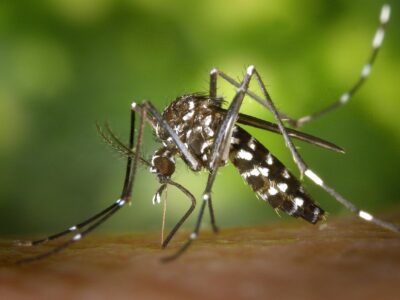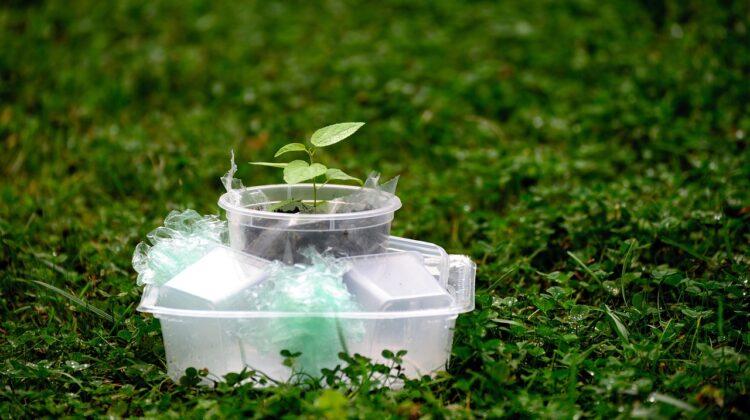
AI-Driven Environmental Monitoring for One Health
Outline
Introduction: Why environmental data matters
Sensors, satellites, and AI: A powerful triad
From air-quality anomalies to disease risk maps
Community engagement through citizen science
Building scalable monitoring platforms
Conclusion: The future of a healthy planet
The health of humans, animals, and ecosystems is inseparable—and the environment is the common thread. Polluted air, contaminated water, and degraded land amplify disease risks across all species. Yet real-time environmental monitoring at scale has long been a challenge. Today, Artificial Intelligence (AI) is changing that.
Tiny, low-cost sensors now measure particulate matter (PM₂.₅/PM₁₀), volatile organic compounds, and key water-quality parameters. High-resolution satellite imagery tracks land-use change, algal blooms, and flooding events. By applying machine-learning algorithms to these streams, we can transform raw readings into actionable health insights.
For instance, an AI model that correlates spikes in airborne particulate matter with hospital admissions for respiratory illness can generate predictive alerts—allowing both public-health and veterinary services to brace for upticks in asthma or livestock respiratory diseases. In agricultural regions, AI-analyzed satellite data has identified nutrient runoff hot spots that precede harmful algal blooms, which threaten both fish stocks and human water supplies.
Embedding community participation amplifies impact. Citizen scientists deploy simple air sensors in schools and neighborhoods, feeding data into the same AI pipelines. Not only does this densify the network, but it also raises awareness and empowers communities to advocate for cleaner environments.
Building a scalable platform means using cloud-native architectures, open-source AI models, and standardized APIs so governments, NGOs, and research hubs worldwide can plug in their data and tools. AIA4OneHealth is already collaborating with partners across Africa and Asia to roll out such platforms, ensuring local ownership and sustainability.
By leveraging AI-driven environmental monitoring, we’re not just tracking pollution—we’re forging a healthier world for all species.
